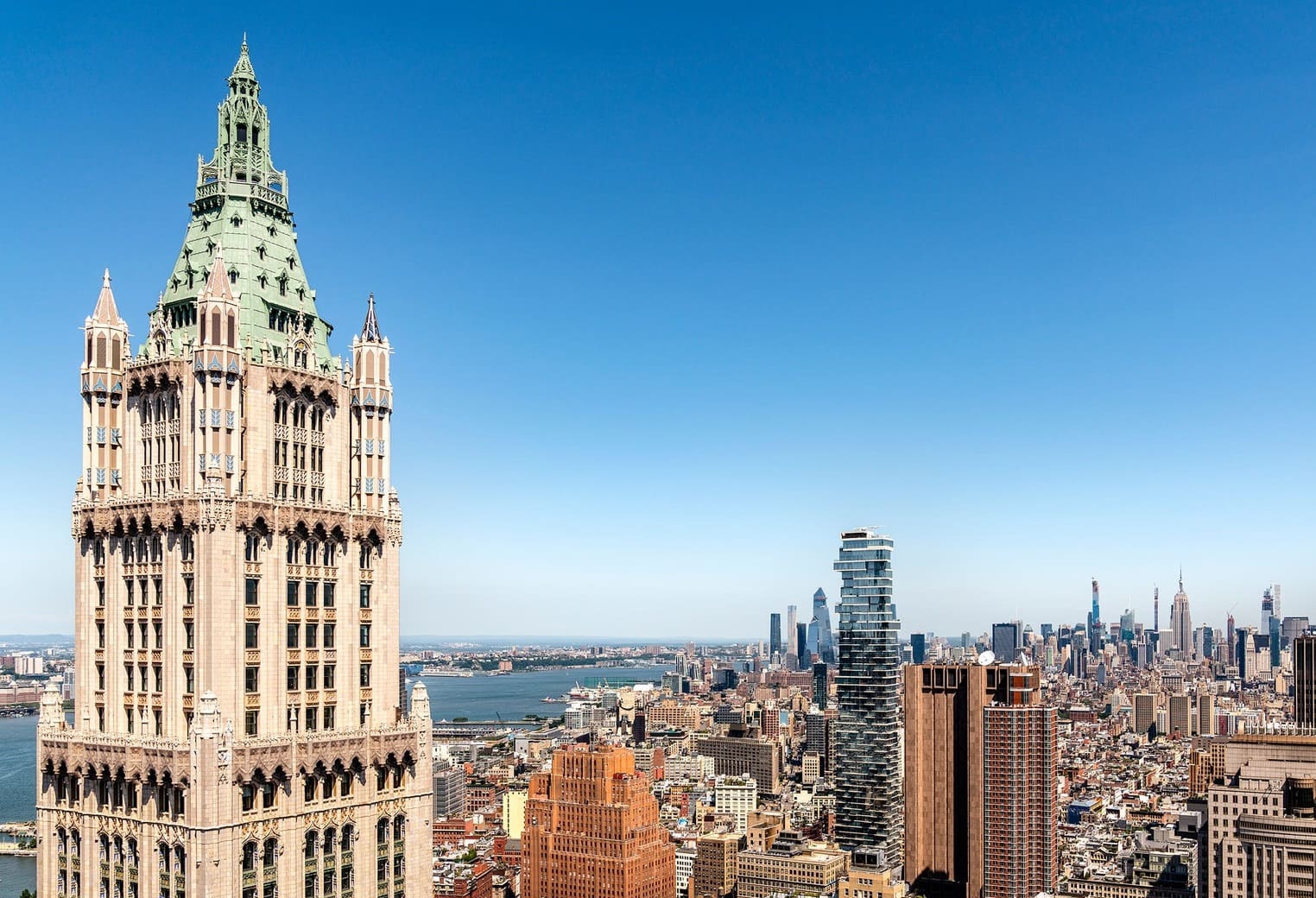
The Woolworth Building, an iconic skyscraper located in Manhattan, New York City, holds a significant place in the history of architecture and urban development. Completed in 1913, this historic landmark stood as the world's tallest building until 1930. Its striking Gothic-inspired design, intricate terracotta facade, and soaring height have made it a symbol of New York City's skyline. Beyond its architectural significance, the Woolworth Building boasts a rich tapestry of stories and facts that continue to fascinate locals and visitors alike. From its construction to its enduring legacy, the Woolworth Building is a treasure trove of captivating details. Let's delve into 10 intriguing facts about this majestic structure that will deepen your appreciation for its place in history and its enduring allure.
Key Takeaways:
- The Woolworth Building, completed in 1913, is a neo-Gothic masterpiece and was once the tallest building in the world, showcasing human ingenuity and architectural prowess.
- Adorned with lavish materials and intricate terra-cotta details, the Woolworth Building is a National Historic Landmark, offering breathtaking views and a rich history in popular culture.
The Woolworth Building was completed in 1913.
This magnificent structure was finished in 1913 and held the title of the tallest building in the world until It stood as a testament to human ingenuity and architectural prowess.
It was commissioned by Frank W. Woolworth.
The building was commissioned by Frank W. Woolworth, the founder of the Woolworth retail chain. He envisioned a grand headquarters that would reflect his success and leave a lasting legacy.
The architectural style is neo-Gothic.
Designed by architect Cass Gilbert, the Woolworth Building boasts a neo-Gothic architectural style, characterized by its intricate ornamentation and pointed arches. This distinctive design sets it apart from the surrounding skyline.
It was dubbed the “Cathedral of Commerce.”
Due to its striking resemblance to a Gothic cathedral and its function as a hub for commercial activities, the Woolworth Building earned the moniker "Cathedral of Commerce," a fitting tribute to its grandeur and significance.
The lobby is adorned with lavish materials.
Upon entering the building, visitors are greeted by a lavish lobby adorned with intricate mosaics, marble, and a soaring vaulted ceiling. The opulence of the interior reflects the grandeur of the structure as a whole.
The building’s exterior features intricate terra-cotta details.
The façade of the Woolworth Building is adorned with elaborate terra-cotta details, showcasing meticulous craftsmanship and adding to the building's timeless allure.
It has been designated a National Historic Landmark.
In 1966, the Woolworth Building was designated a National Historic Landmark, recognizing its architectural significance and contribution to the cultural heritage of the United States.
The observation deck offers breathtaking views.
The building's observation deck, which was closed to the public for several decades, provides breathtaking panoramic views of New York City, offering visitors a unique vantage point to admire the cityscape.
The Woolworth Building has appeared in various films and TV shows.
This iconic structure has served as a backdrop for numerous films and TV shows, cementing its status as a beloved symbol of New York City's skyline in popular culture.
It underwent a meticulous restoration.
In recent years, the Woolworth Building underwent a meticulous restoration, preserving its historic charm while integrating modern amenities to ensure its continued relevance in the 21st century.
The Woolworth Building stands as a testament to architectural innovation and the enduring legacy of its visionary creator, Frank W. Woolworth. Its towering presence and rich history continue to captivate and inspire visitors, cementing its status as a beloved icon of New York City's skyline.
Conclusion
In conclusion, the Woolworth Building stands as a testament to human ingenuity and architectural prowess. Its rich history, iconic design, and enduring legacy make it a must-visit landmark for history enthusiasts and architectural aficionados alike. From its breathtaking gothic-inspired exterior to its opulent lobby and panoramic views of New York City, the Woolworth Building continues to captivate visitors with its timeless grandeur. Whether you're drawn to its historical significance, stunning architecture, or panoramic views, a visit to the Woolworth Building is sure to leave a lasting impression.
FAQs
What makes the Woolworth Building significant?
The Woolworth Building is significant for its historical and architectural importance. It was the tallest building in the world upon its completion in 1913 and is a prime example of Gothic-inspired skyscraper design.
Can visitors access the top of the Woolworth Building?
Unfortunately, the upper floors of the Woolworth Building are not open to the public. However, visitors can admire its exterior and explore the stunning lobby area during designated visiting hours.
Was this page helpful?
Our commitment to delivering trustworthy and engaging content is at the heart of what we do. Each fact on our site is contributed by real users like you, bringing a wealth of diverse insights and information. To ensure the highest standards of accuracy and reliability, our dedicated editors meticulously review each submission. This process guarantees that the facts we share are not only fascinating but also credible. Trust in our commitment to quality and authenticity as you explore and learn with us.
